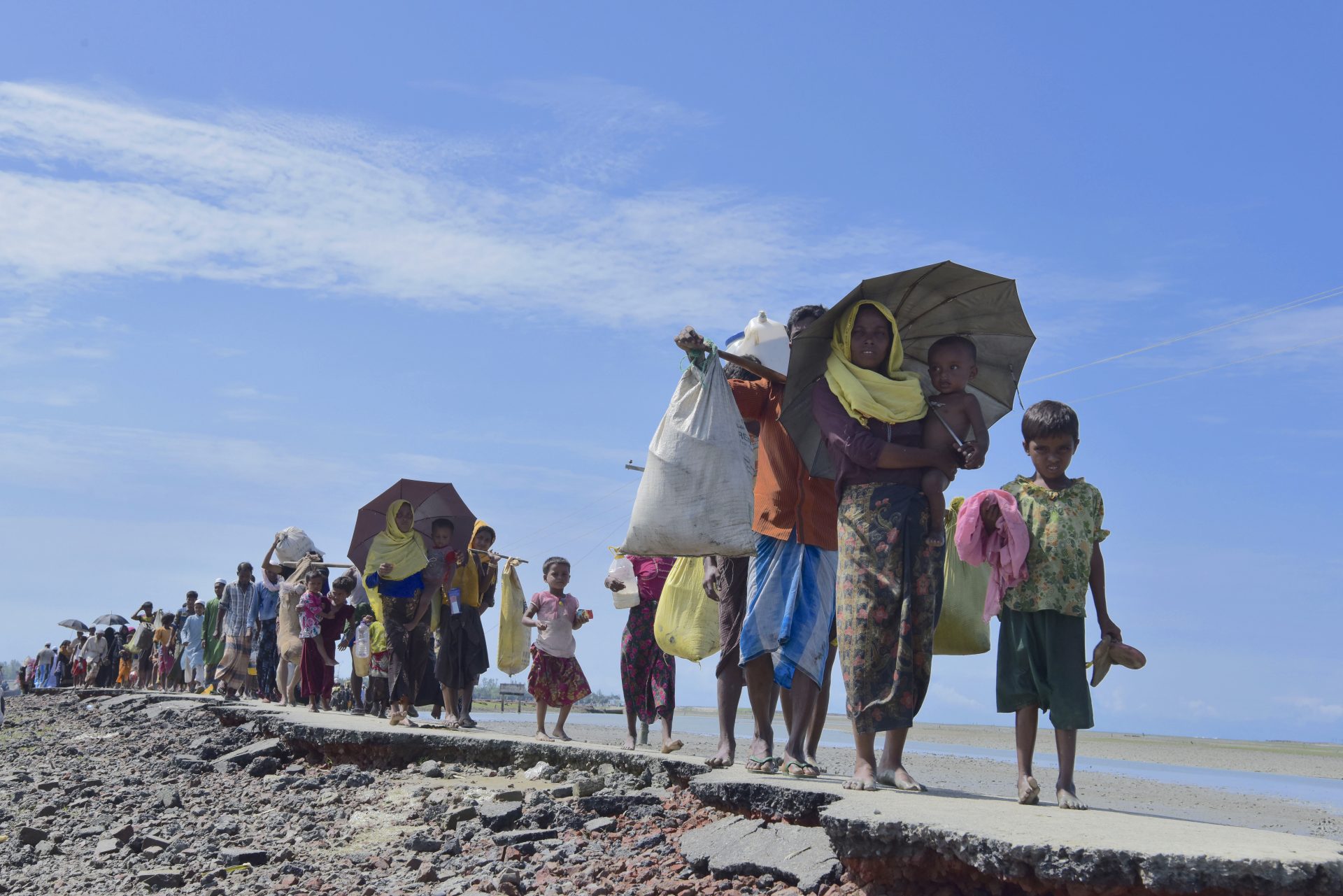Refugee movements in Southeast Asia dropped sharply over the 18 months between January 2018 and June 2019, but the threats for those fleeing violence and persecution are higher, according to a U.N. report.
The Rohingya remained the largest refugee group on the move in this region, said the report released by UNHCR, the U.N. Refugee Agency, in Bangkok, Oct. 1.
Nearly 18,000 Rohingya were registered as new arrivals in Bangladesh during the period covered by the report. Most of these refugees arrived in early 2018, following the peak of displacement in late 2017 when an estimated 700,000 Rohingya fled from Myanmar.
Another 1,597 refugees and asylum-seekers embarked on dangerous maritime journeys in the Bay of Bengal and Andaman Sea during the same 18-month period. At least 15 of them drowned or went missing, said the report.
Both the data on deaths at sea and the scope of the maritime movement are based on available data from various sources. But these figures are likely to be very conservative, given that the mixed maritime movements are by nature clandestine. This makes data verification so much harder.
In previous years, smugglers were to blame for the majority of deaths, the report said. People were beaten to death or shot or deprived of food and water. Since early 2018 the primary cause of death or disappearance at sea has been a result of shipwrecks or boats in distress getting lost at sea, said the U.N. report. Many of these boats set sail without experienced crews and were not built, equipped or maintained for long journeys at sea.
Refugees’ testimonies gathered by UNHCR in 2019 also highlight the physical abuse by smugglers, often inflicted to extort ransoms from relatives or to enforce order and prevent demands for water and food during the irregular journey. Women and girls, especially those travelling on their own, were particularly at risk of rape and abuse.
Of the refugees who had fled by land or sea more than 20 years ago, more than half said their journey was difficult but not life-threatening, but, according to the report all those who had fled over the last five years said they feared for their lives and described their journeys as hazardous or dangerous/very dangerous.
Meanwhile, across the rest of the region, small numbers of refugees have engaged in secondary movements from their initial country of asylum to another country, the report said. Physical threats, inability to meet basic needs, fears of deportation, tensions with the host community or lack of education opportunities were most commonly identified by refugees as triggers for their secondary displacement.







